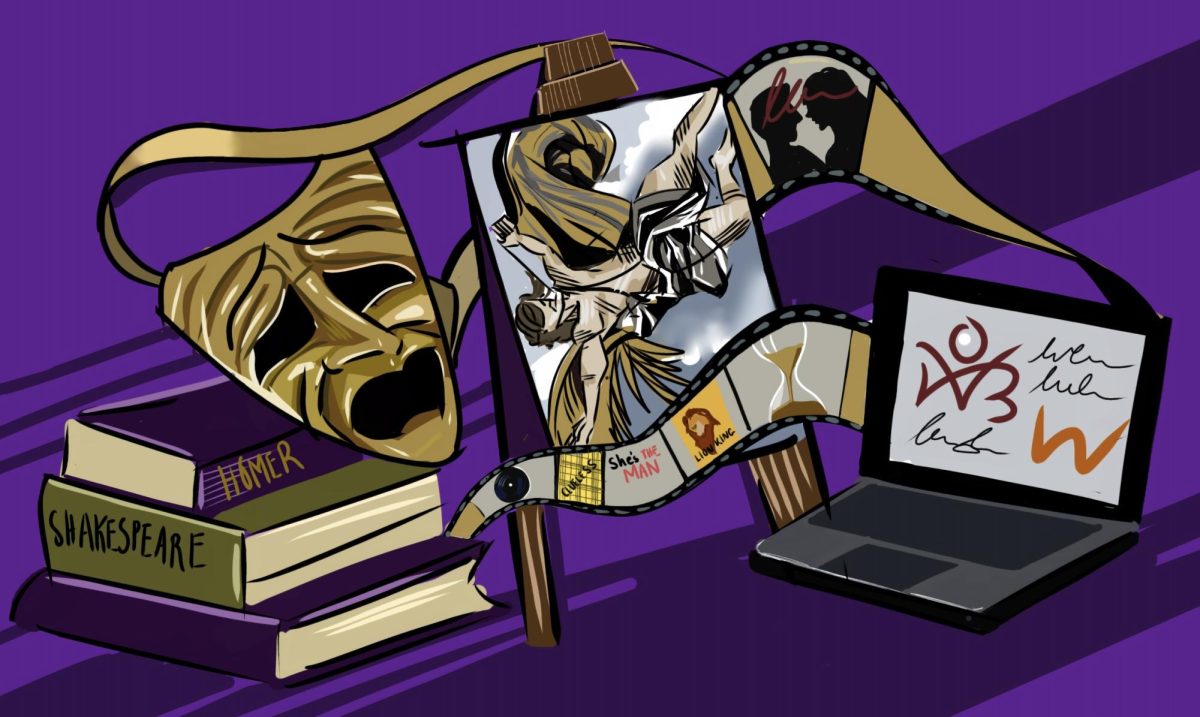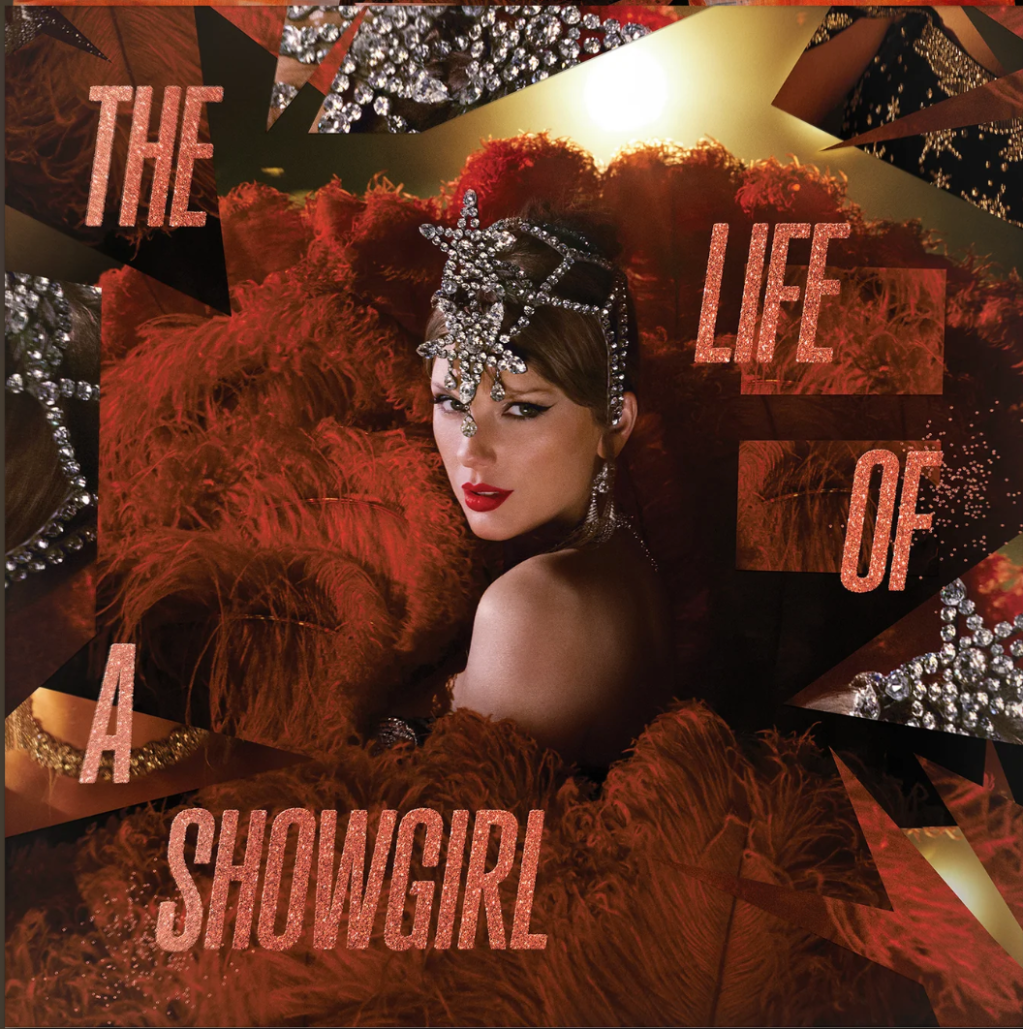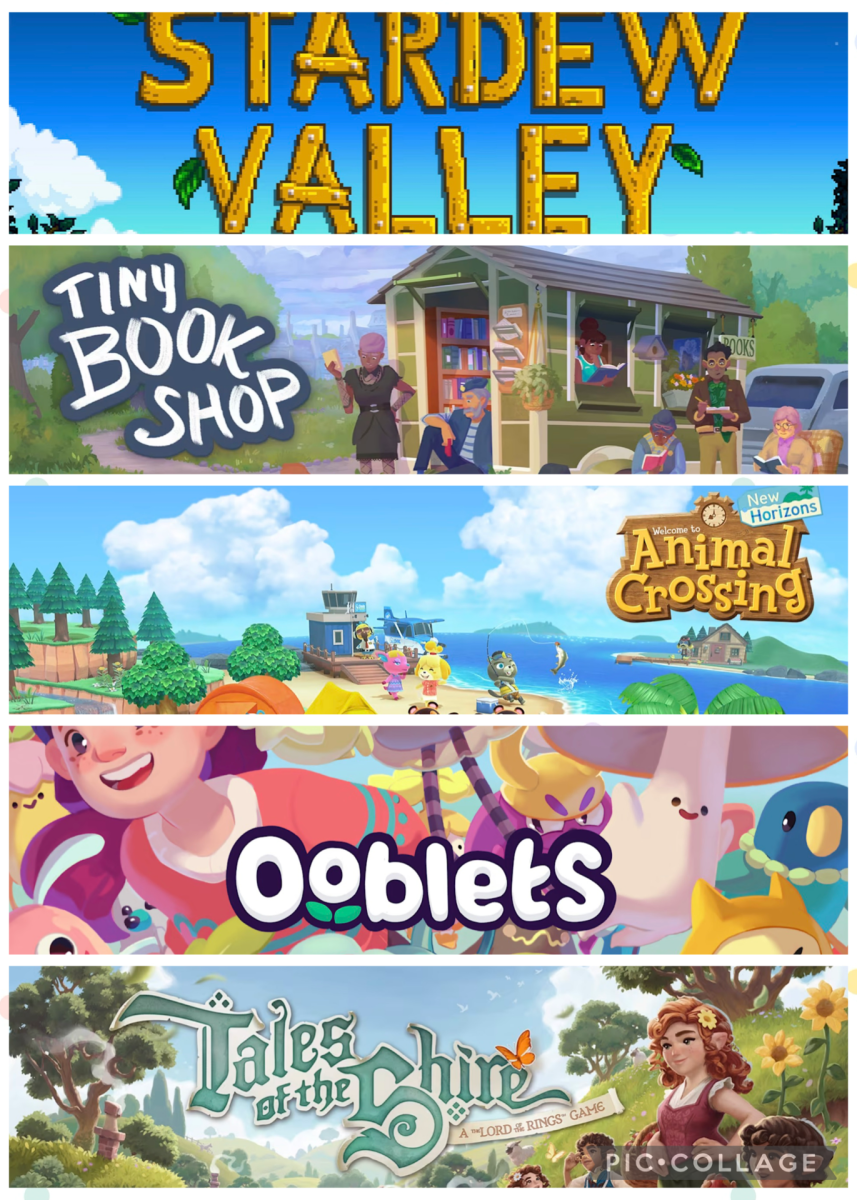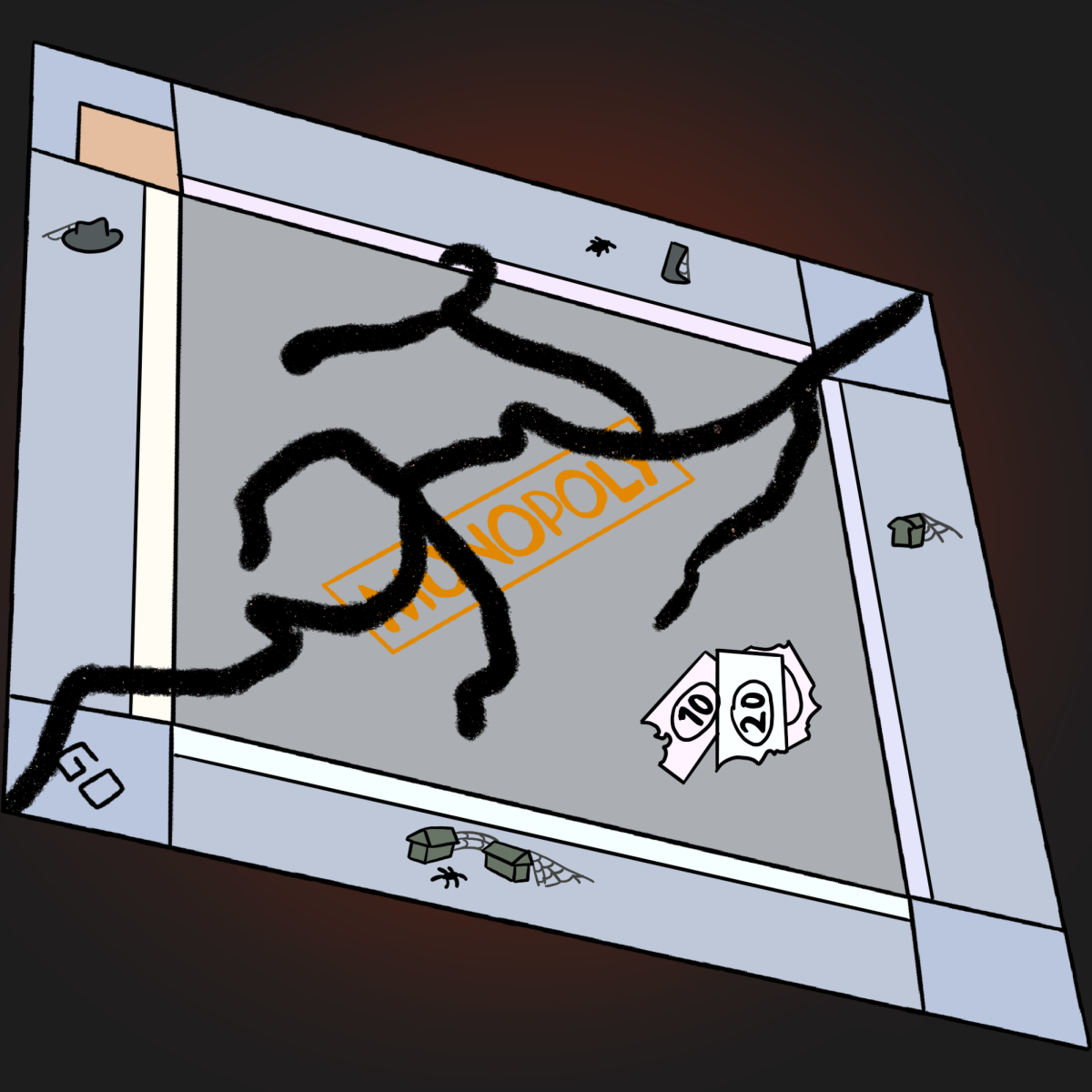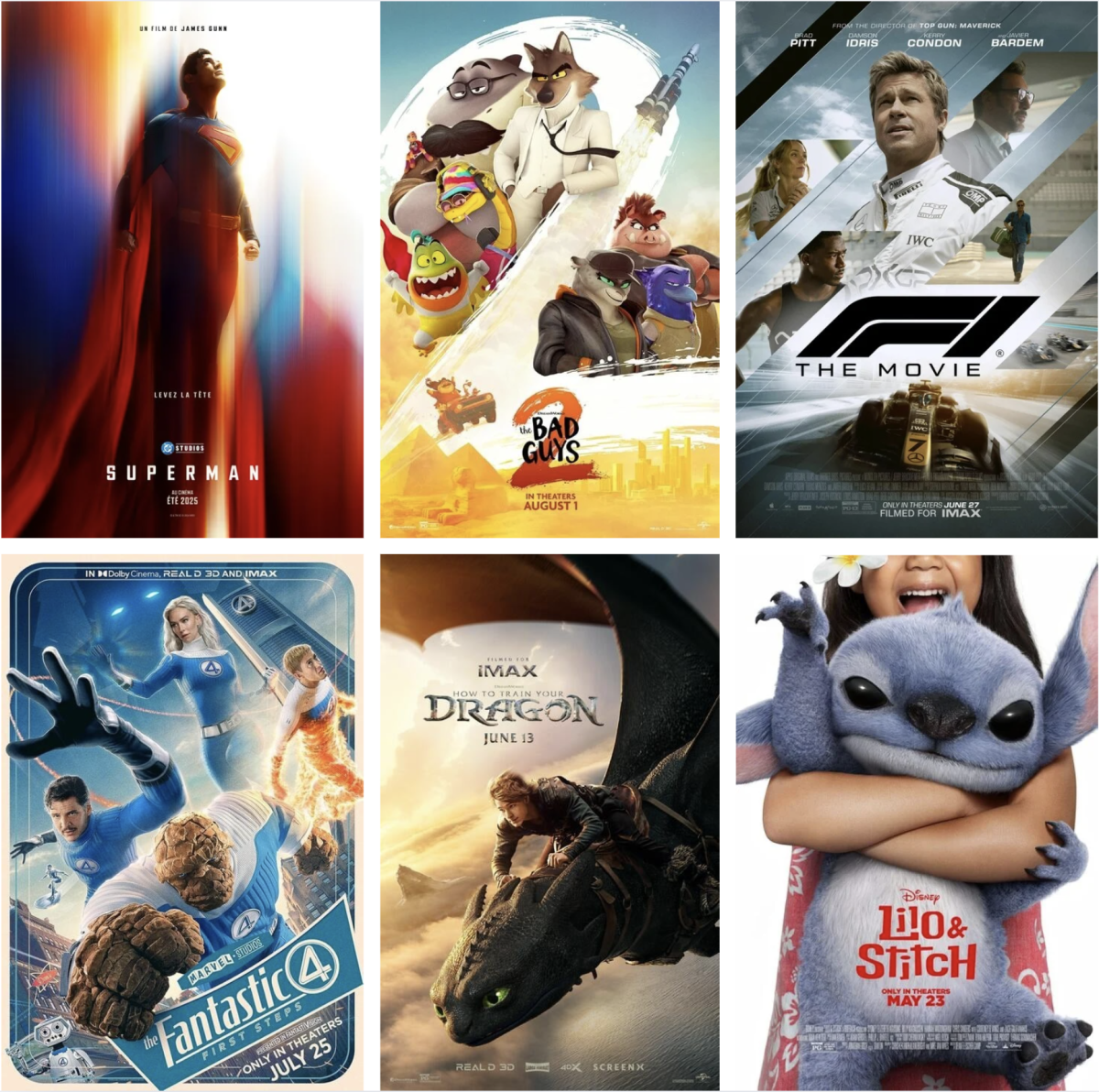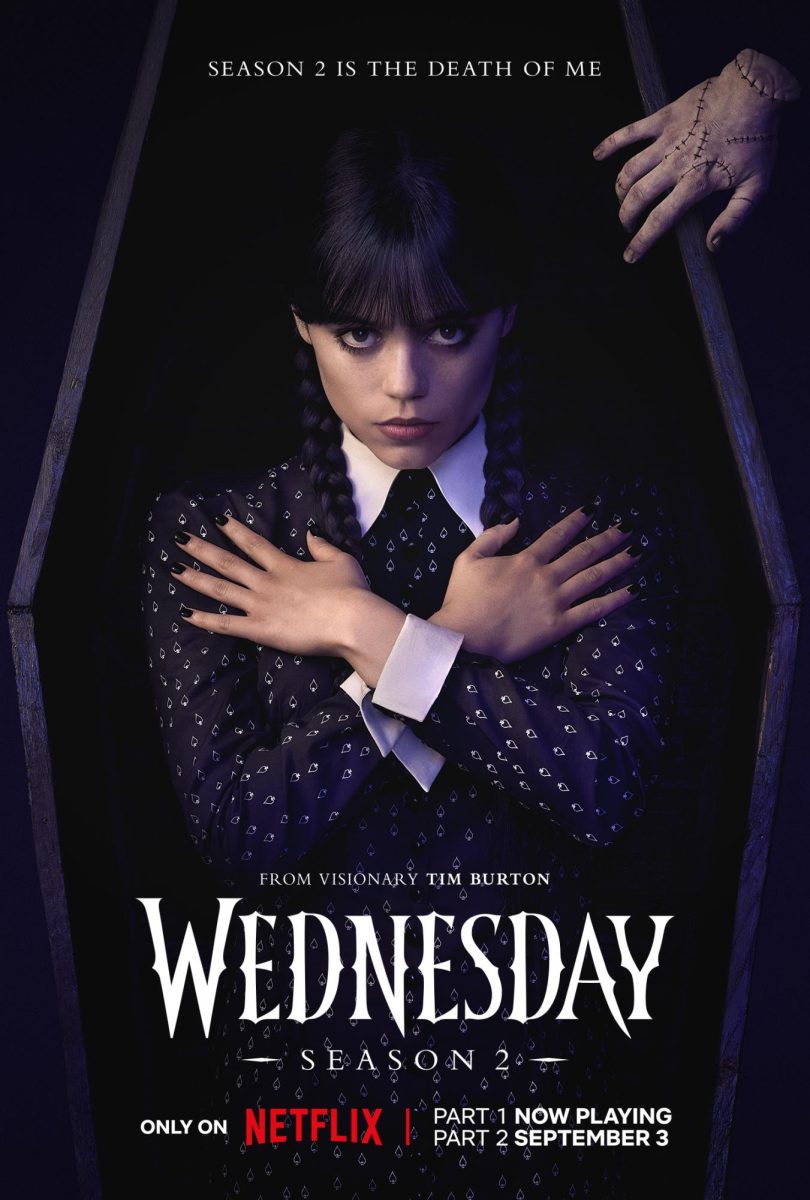Reimagining stories has always been an important part of art. From Greek tragedies to high school halls, creatives have always taken existing tales and reworked them for contemporary audiences. These retellings often transform characters and settings to show timeless themes with brand new perspectives.
Today, fanwork is viewed as an internet phenomenon, but it has a long history. Fan fiction in its modern sense emerged with the invention of copyright and authorship in the 18th century. Ages ago, retellings weren’t necessarily considered lesser than the works they drew from. For example, Greek mythology provided a rich source for playwrights like Aeschylus, Sophocles and Euripides, who often told the same stories in unique ways and emphasized different themes. Even Shakespeare adapted existing stories and took inspiration from various Italian novellas. Romeo and Juliet was based on a 16th-century Italian story translated by Arthur Brooke, while Othello was pulled from the Italian writer Cinthio. In this era, the line between original and derivative was fluid.
By the 20th century, Jane Austen fans, Sherlock Holmes societies and sci-fi fanzines (fan magazines) created formal fan communities while new subgenres like slash fiction (Kirk/Spock in the 1960s) and crossovers gained popularity. AU (Alternative Fiction) stories in the 1990s and works like “Fifty Shades of Grey” (originally Twilight fan fiction) pushed fan fiction into mainstream publishing. A lot of AUs had plots, settings and tropes that could easily be distinguished from the original work. This made them easier to adapt into publishable novels, which led to both recognition and controversy.
Even today, a lot of the work we love is inspired by something else. Disney’s “The Lion King” was heavily inspired by “Hamlet.” You would never know at first glance, but a ton of iconic Chick Flicks were inspired by classic literature. “Clueless” (1995) is a retelling of Jane Austen’s “Emma,” while “She’s the Man” (2006) is based on Shakespeare’s “Twelfth Night.” It even uses the same names for the protagonists, yet it’s managed to be so distinct through its contemporary humor and focus on gender inequality. “10 Things I Hate About You” (1999) was based on Shakespeare’s “The Taming of the Shrew.”
The internet has had a huge impact on fanwork and the way that it’s viewed. According to one estimate, fan fiction comprises one-third of all book-related content on the Internet. In 1998, the non-profit site FanFiction.net launched, and its accessibility and built-in review system helped it gain popularity. Fans formed the Organization for Transformative Works (OTW) in 2007, which created Archive of Our Own (AO3) in 2009. Unlike earlier sites, AO3 was built by fans as a nonprofit archive; this meant that stories couldn’t just disappear because of a spontaneous rule change. AO3 won a Hugo Award in 2019 and has become a cultural landmark. Today, it’s still one of the largest and most important spaces for fans to share and preserve their work.
It’s important to acknowledge that not all fanwork is comparable to canonical literature, and there are valid concerns around author pushback and copyright. While these sites have helped young creators develop, they also host a lot of stories that aren’t anywhere near the examples listed above. To distinguish a piece as an original work, it must have literary finesse, original characters or a truly different plot. There are a lot of fanworks that don’t meet this criterion, but they’re still important. Many kids and budding creatives are inspired by their favorite books to start creating their own art and writing stories. It can be way easier to develop characters you already know and love, especially if they’re novice writers. It’s the same thing with art; it’s extremely gratifying to see a character or scene come alive through nothing but your own hands and imagination. Before becoming the bestselling author of “The Lunar Chronicles,” Marissa Meyer was an active fan fiction writer. Fanworks also give young creative people communities where they can share, get feedback and ultimately grow. While original thought should be encouraged, the love for creating and storytelling must stem from somewhere. For many people, including me, creativity grows from engagement, inspiration, and interaction with existing stories.

